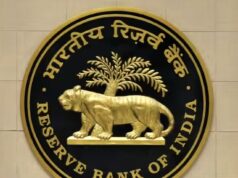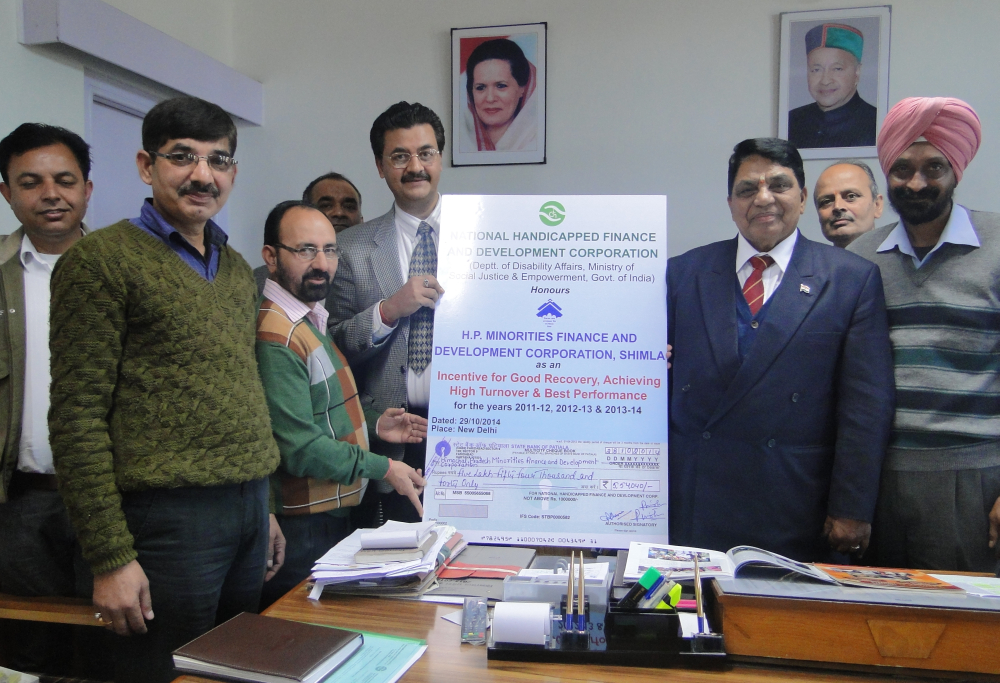New Delhi – In a welcome move for borrowers, the Reserve Bank of India (RBI) on Wednesday announced a 25 basis point cut in the repo rate, bringing it down from 6.25% to 6%. This reduction is expected to lower EMIs on home, auto, and personal loans, offering relief to millions of existing and new borrowers.
This marks the second interest rate cut by the RBI since the COVID-19 pandemic began. Between May 2020 and April 2022, the repo rate was held steady at 4%. The RBI then gradually increased the rate to 6.5% by February 2023, maintaining that level for nearly two years before this latest reduction.
What It Means for Borrowers
The repo rate is the interest rate at which the RBI lends to commercial banks. A cut in this rate usually encourages banks to reduce their lending rates, making loans cheaper for consumers.
For example, a 30-year home loan of ₹50 lakh at an 8.70% interest rate currently results in an EMI of ₹39,157. With the new repo rate cut:
- A 0.25% drop in interest to 8.45% reduces the EMI to ₹38,269 — saving ₹888 per month or over ₹10,000 a year.
- A 0.5% drop to 8.20% reduces the EMI to ₹37,388 — saving ₹1,769 per month or over ₹21,000 annually.
Similarly, for a personal loan of ₹5 lakh at a 12% interest rate over five years, the EMI will reduce from ₹11,282 to ₹11,149 — saving ₹133 monthly or ₹1,596 yearly.
These savings may appear modest but can significantly add up over the long term, especially for home loan borrowers with 20- to 30-year repayment schedules.
Banks Expected to Pass on the Benefits
While the RBI’s move sets the tone for cheaper borrowing, the actual benefits will depend on how quickly and fully banks pass on the rate cuts. Loan interest rates are based on two components — the Marginal Cost of Funds based Lending Rate (MCLR) and a spread. The MCLR is likely to drop following the repo rate cut, but the extent of the benefit to the customer depends on the bank’s spread.
Borrowers with floating interest rates are set to benefit immediately, while those with fixed-rate loans will not see a change in their EMIs.
As the RBI continues to manage inflation and support economic growth, this rate cut is expected to boost demand in the real estate and automobile sectors, while offering financial relief to households managing long-term debt.









